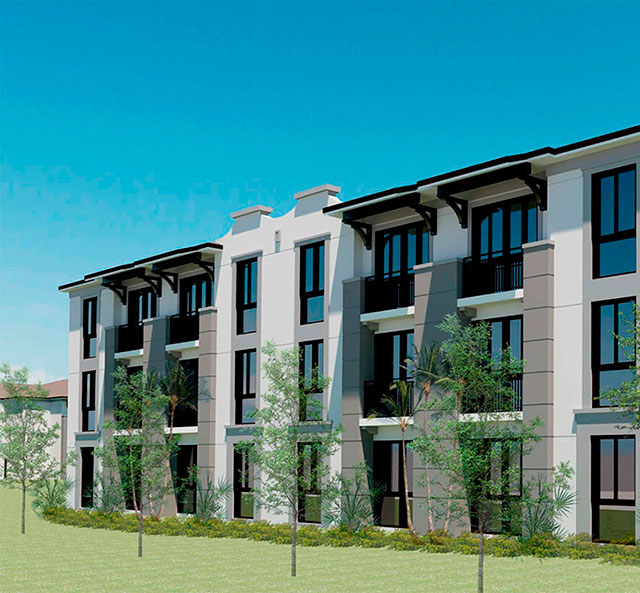Excerpt from Urbanland, the digital magazine of the Urban Land Institute. Click here to read the entire article.
Government Partnerships
At the last turn of the century, one in every 150 children in the United States was diagnosed with some form of autism. Now, that rate is about three times as high, according to the Centers for Disease Control and Prevention.
The phrase “on the spectrum” has become part of society’s lexicon and people are now more likely to have friends, relatives, coworkers, and neighbors dealing in some way with intellectual disorders. Similarly, the outfall from the foreclosure crisis a decade ago has destigmatized the plight of housing instability. Along with the greater public acceptance comes the opportunity for more public support.
One South Florida nonprofit organization succeeded in winning public backing so that it could build affordable apartments for residents with intellectual and developmental disorders. In September, Miami-based Casa Familia Inc. plans to break ground on its namesake residential project with 38 one-bedroom and 12 two-bedroom apartments laid out in two L-shaped buildings of three stories with a pool and one-story community center in the middle.
Federal tax credits totaling $15 million and a $4 million state grant will offset most of the costs, which are estimated at less than $25 million with land. Rents are slated at far below going market rates. One-bedrooms are expected to rent at $864 per month, not including utilities. Apartments with two bedrooms, which have shared common space, are expected to lease at $667 per bedroom, including utilities.
Along with the University of Miami Center for Autism and Related Disabilities, both Atlantic Pacific Companies and United Community Options helped shape the project. The collective of partners seeks opportunities for creating calmness with sound-absorbing surfaces while veering away from products such as fluorescent lights, which constantly hum.
Longtime Casa Familia supporter Deborah Lawrence said that everyone at the table respected a key design element—space. Future residents of Casa Familia will benefit greatly from having a sense of personal space and room to decompress, she added.
“We fought for 783 square feet [73 sq m] in the one-bedrooms—twice the space you will find in a regular one-bedroom,” said Lawrence, Casa Familia’s senior consultant for housing for people with intellectual and developmental disorders (IDD).
The tradeoff for minimal kitchens was additional room for everything from storage to gatherings. Geared to build a sense of community, plans call for a movie theater, a fitness center, a pool, a spa, walking paths, and rooms for arts and crafts and games.
